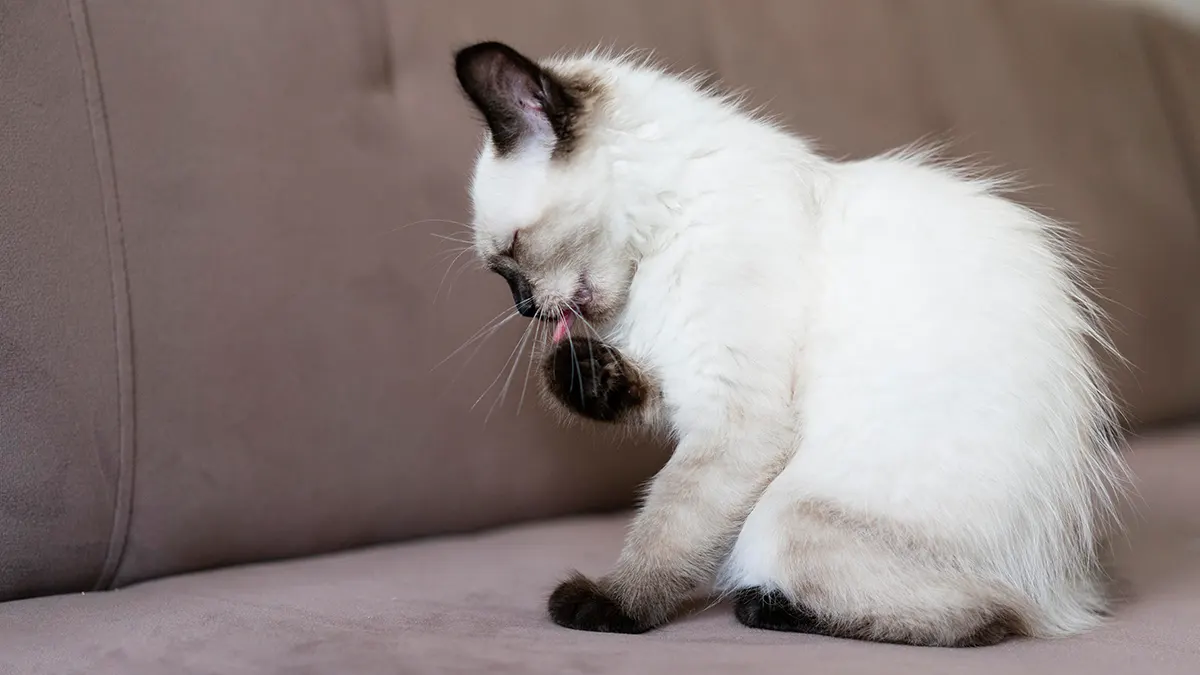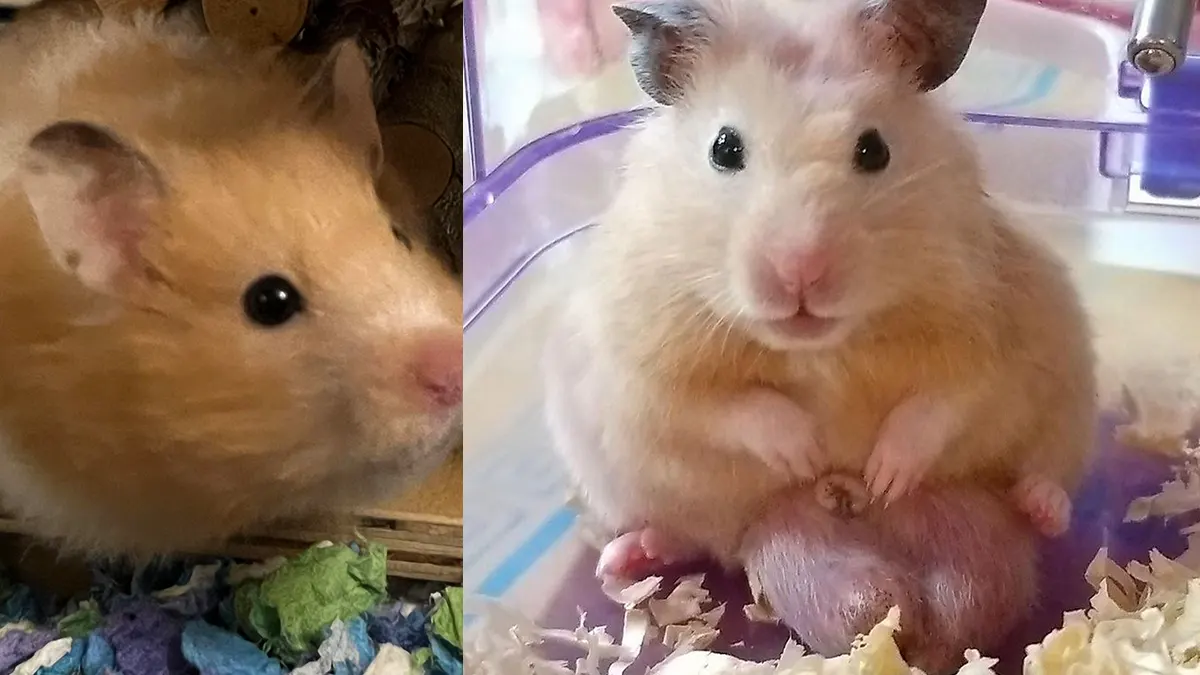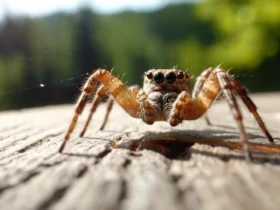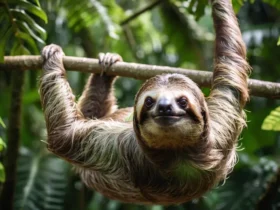If you’ve ever seen a hamster rolling around in a giant plastic ball, you might wonder: Why are hamster balls so big? After all, hamsters themselves are tiny creatures. However, the size of these balls isn’t just random—it’s a well-thought-out design meant to keep your hamster safe and comfortable as they explore their surroundings. In this article, we’ll explore the reasons behind the large size of hamster balls, why it’s essential for your pet’s well-being, and how to choose the right one.
Table of Contents
Why Are Hamster Balls Used?
Before diving into the size aspect, it’s important to understand why hamster balls are even used in the first place. These plastic balls are designed to allow hamsters to explore outside of their cages while keeping them safe. Hamsters are naturally curious animals that love to roam and explore, but letting them loose in a house or room comes with risks. A hamster ball provides a secure environment where they can run freely without the danger of getting lost or injured.
Additionally, hamster balls provide much-needed exercise. Hamsters are incredibly active creatures, and without enough physical activity, they can become bored or develop health issues like obesity. A large hamster ball gives them plenty of space to move and burn off energy.
The Importance of Size: Why Are Hamster Balls So Big?
1. To Prevent Injury
The main reason hamster balls are big is to prevent injury. If a hamster ball is too small, it forces your hamster into an unnatural position where they are cramped and can’t stretch out. Hamsters need enough room inside the ball to move comfortably without having to hunch their backs. A larger ball allows them to run naturally, reducing the strain on their muscles and spine.
A ball that’s too small can cause your hamster to bump into objects or walls more frequently, which can lead to stress or even injury. Larger hamster balls have better rolling control, which keeps your pet safer.
2. Hamsters Need Space to Breathe
Hamster balls are designed with ventilation holes to provide airflow, but a larger ball ensures even better ventilation. The more room inside the ball, the less likely it is for your hamster to overheat or feel uncomfortable. Smaller balls don’t always offer adequate airflow, which could put your hamster at risk of overheating during playtime.
3. Encourages Natural Movement
Hamsters are known for their energetic and sometimes frantic movement, especially during the night. When placed in a small, confined space, they can become frustrated or stressed. A larger hamster ball mimics the feeling of more natural movement and exploration, giving your pet the freedom they crave.
With more space to run and explore, your hamster will feel more at ease, making for a more enjoyable and enriching experience. It encourages them to move around more freely, which is essential for both their physical and mental well-being.
4. Prevents Friction Burns
When a hamster runs in a ball, they can generate a lot of friction between their paws and the surface. In smaller balls, this friction can lead to burns or sore paws, especially if they’re running for a long period of time. Larger hamster balls have a greater surface area, which spreads out the friction and reduces the likelihood of injury to your hamster’s paws.
5. Reduces the Risk of Getting Stuck
Hamsters are known for squeezing into tight spaces. If their ball is too small, they might try to wedge themselves into corners or gaps, getting stuck or trapped. Larger balls are easier to maneuver and can roll over obstacles without trapping the hamster inside. This is especially important if you allow your hamster to roam in a room with furniture or other obstacles.
How to Choose the Right Hamster Ball
Now that you know why hamster balls are big, it’s important to choose the right one for your pet. Not all hamster balls are created equal, and selecting the wrong size can lead to discomfort or even harm. Here are a few tips to keep in mind:
- Choose the right size for your hamster: While Syrian hamsters typically require a ball that’s at least 7 to 9 inches in diameter, smaller dwarf hamsters need a ball that’s around 5 to 7 inches. Make sure you pick a size that allows your hamster to move comfortably.
- Look for proper ventilation: Check for multiple ventilation holes to ensure that your hamster gets adequate airflow while running. Overheating is a risk if there isn’t enough ventilation, especially during long play sessions.
- Inspect for sturdiness: Some hamster balls are made from cheaper materials and can crack or break easily. Make sure you choose a ball that is sturdy and built to last, ensuring your hamster’s safety as they roll around.
- Supervise playtime: No matter how safe the ball is, always supervise your hamster while they’re inside it. This way, you can ensure they don’t roll into hazardous areas like stairs or tight spaces.
Frequently Asked Questions About Hamster Balls
Is a hamster ball safe for all types of hamsters?
Hamster balls are generally safe for all types of hamsters, but the size is key. Dwarf hamsters, in particular, require smaller balls, while Syrian hamsters need larger ones. If used correctly and under supervision, hamster balls are an excellent way to keep your pet active.
How long can my hamster stay in the ball?
Limit your hamster’s time in the ball to about 15-20 minutes per session. Staying in the ball for too long can lead to exhaustion or dehydration, as hamsters might not realize when they’re overexerting themselves.
Do all hamsters enjoy running in hamster balls?
Not every hamster will enjoy using a ball. Some hamsters may feel stressed or anxious inside one, so it’s essential to observe your pet’s behavior. If they seem distressed, it may be best to offer other forms of exercise, such as a hamster wheel or playpen.
Conclusion
Hamster balls are designed to be big for several important reasons: they prevent injury, provide proper ventilation, and encourage natural movement. When used correctly, a hamster ball can be a fun and safe way for your pet to explore outside their cage and get the exercise they need. Remember to always choose the right size ball, supervise playtime, and make sure your hamster is comfortable inside.
If you’ve been wondering why hamster balls are so big, it’s all about ensuring your pet’s safety and comfort. By choosing the right hamster ball, you’ll be giving your furry friend the freedom to explore without the risks associated with roaming freely.








